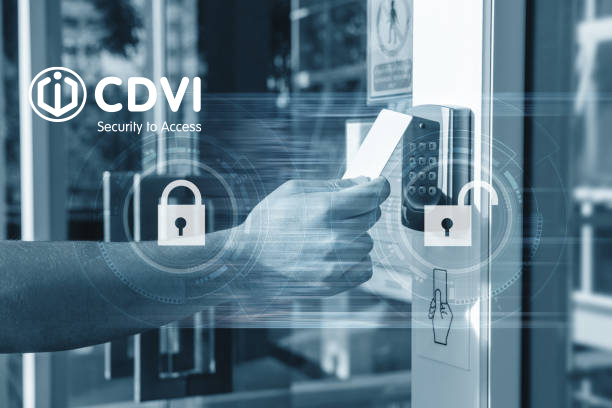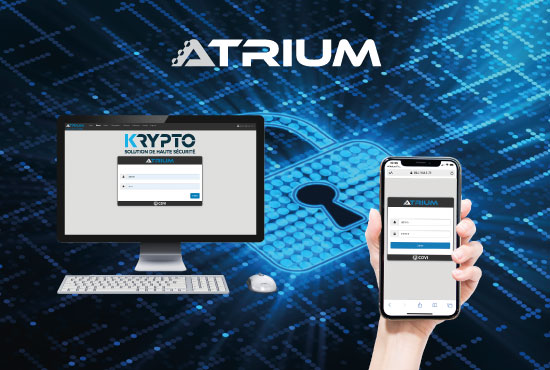Access control is an essential part of building security. It makes it possible to control access to authorised people, limit the risk of theft or intrusion, and guarantee the safety of goods and people.
Managing people by access level or authorisation profile
An Online access control system allows you to manage people by access level or authorisation profile. This means that specific access rules can be defined for each person or group of people.
For example, an employee may have access to certain areas of the building during working hours, but not to other areas. A visitor may have access to a specific area for a certain period of time, but not to other areas.

Access management by security level
Online access control system can also manage access by security level. This means that different authentication methods can be defined for different levels of access.
For example, access to a sensitive area can be secured by tag and code, chaperone mode or biometrics, while access to a less sensitive area can be secured by tag or code.
Event history managed by online access control system
This records all events relating to access control. This keeps a record of all the people who have accessed an area, when and for how long.
This history can be used for security, administrative or troubleshooting purposes.
Door contact management
This enables door contacts to be managed. This means that it is possible to detect whether a door is open or closed, and whether it has been open for too long. It can be used to trigger alarms if a door is left open, or to limit access time to an area.
Anti-passback management
Anti-passback is a feature that prevents a person from using an access badge to enter an area and then leaving the area without re-authenticating.
This feature is useful for protecting sensitive areas against intruders.
Time delay adapted for people with reduced mobility thanks to online access control system
Online access control system can be configured to allow access to buildings for people with reduced mobility.
This function allows a user to have a longer opening time than that programmed by default.

Access can be opened from the software or remotely from a smartphone
Allows access to be opened from the software or remotely from a smartphone.
This can be useful for opening a door for a visitor, or allowing an employee to go home after working hours.
Stand-alone operation, downgraded mode, in the event of a server outage
In the event of a server outage, an online access control system can operate in stand-alone mode. This means that doors can still be opened and closed, even if the server is down.
This feature is important for ensuring the security of buildings in the event of a power failure or IT problem.
If you’re looking for an access control solution for your business or organisation, Online control system is an excellent option. CDVI can deliver tailored solutions for you.
